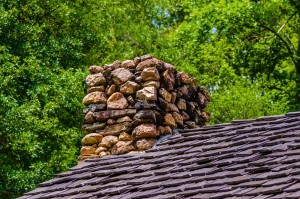
9 Signs Your Chimney Needs an Inspection
Your fireplace can be a wonderful addition to your home. But if it’s not maintained properly, it can become a source of danger to your home and family. An improperly maintained chimney can lead to a fire that starts inside your chimney, causing damage to your home and belongings – and, possibly, even injuries or…
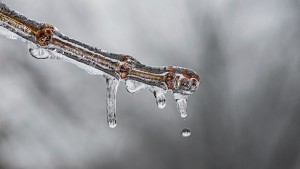
Water Can Damage Your Chimney
Now that it’s May, the weather is finally warming up – which is a good thing if you don’t like snow and ice. But spring typically brings rain. While the roof and walls of your home protect you from rain, snow and ice, your chimney is constantly exposed to the weather. And moisture of any…

What Is a Level 1 Chimney Inspection?
It used to be when you had a chimney service technician inspect your fireplace, stove or venting system, they determined the scope of work that was performed. However, recently, the National Fire Protection Association (NFPA) developed minimum chimney standards that no longer leave the tasks performed during a home heating appliance inspection up to the…

6 Ways to Control Spring Allergies
Spring has finally arrived in Indiana. The temps are getting warmer. The grass is getting greener. The daffodils are blooming. And the trees have buds on them and are bursting into flowers. But with the arrival of spring also comes seasonal allergies, causing your nose to run and your eyes to water. According to…
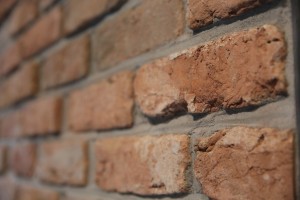
8 Brick Fireplace Cleaning Tips
Do the bricks surrounding your fireplace look dark and dirty – especially the more you use your fireplace? Unfortunately, unsealed brick, which has a dull, flat appearance, is a porous material. That means soot, dust and dirt can penetrate into the cracks and crevasses of the bricks. Soot and dirt that has been absorbed into…
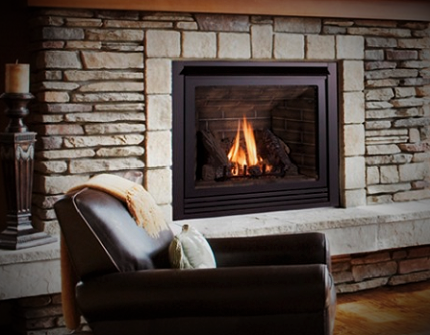
Safety Tips for Factory-built Fireplaces
Is your home less than 50 years old? Was your home’s design one of a half a dozen new build designs in a planned neighborhood? Does your home have a fireplace or multiple fireplaces? Well, chances are your home features a factory-built fireplace. Factory-built fireplaces – often called pre-fab fireplaces – are constructed and assembled…
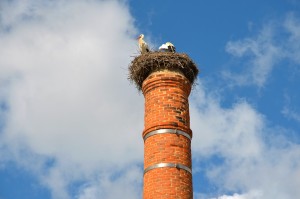
When Should You Repair or Replace Your Chimney Cap?
When was the last time you or a professional chimney sweep – like those at T. J.’s Chimney Service – inspected the chimney cap covering your chimney or flue? Last year? A few years ago? Never? A chimney cap is the rectangular or round device that fits onto the top of your chimney or flue.…

What Is a Factory-built Fireplace?
When you think about a fireplace, you probably think of one made of bricks or stones. But did you know that, for over 50 years, many fireplaces used in the construction of new homes are actually made in factory?In fact, factory-built fireplaces now make up about 75% of all types of fireplaces used in home…

How to Prevent Carbon Monoxide Poisoning
Imagine receiving a frightening phone call from your elderly grandparents, who live out-of-state and are calling to tell you that they love you, but they’re dying. That’s precisely what happened to Ariane Townsend. And if she hadn’t of called the fire department in her grandparents’ hometown, they would have likely died of carbon monoxide poisoning.…
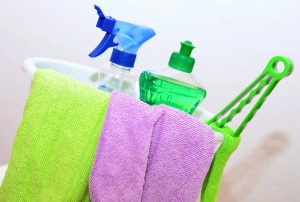
5 Benefits of Cleaning Your Dryer Vent
How many loads of laundry do you do each week? According to Proctor & Gamble Co., the average U.S. household does 600 loads of laundry each year. And a 2007 survey of 2,500 Whirlpool customers found that 78% of those surveyed do about nine loads of laundry a week. That’s a lot of dirty clothes…
Choose T.J.’s Chimney Service
A family-owned business serving the Indianapolis area for over 50 years, T.J.’s Chimney Service is a name you can trust. Our CSIA-certified technicians will ensure your chimney repair is performed completely, thoroughly and as efficiently as possible. We take pride in our reputation of quality workmanship and customer satisfaction, and are committed to your family’s safety.
If you need a chimney repair, contact T.J.’s Chimney Service. We replace your chimney worries with confidence, assurance and relief.
What Our Clients Are Saying
Tara Tague
So very happy with our updated fireplace! Brandon, David, and Austin did an awesome job. Professional, knowledgeable. Very careful in keeping everything neat and clean. I would recommend TJ’s to anyone who asked. Great job! We love our fireplace.
GOOGLE REVIEW
Dawn Holden
This company went above and beyond to make sure everything was done exactly as I wanted, and done correctly! The installers were professional and friendly, as well as the office workers! I can’t recommend this company highly enough.
GOOGLE REVIEW
William English
Brandon and Jordan did an excellent and professional job of removing our old fireplace and installing the new fireplace. This included masonry and carpentry work. Brandon was very precise with his installation of the cultured stone around the fireplace as well as reinstalling the mantel and trim. We highly recommend them.
GOOGLE REVIEW
Area's We Serve
THE DIFFERENCE YOU CAN FEEL TJs Chimney Service
When it comes to chimney repairs and chimney sweeps, we know you have many choices. But we believe our longevity in the business and reputation for quality sets us apart from our competitors.
As members of the community, we are your friends, neighbors and fellow business owners. For every home we service, we provide the same care and attention to detail we would give our own homes.

